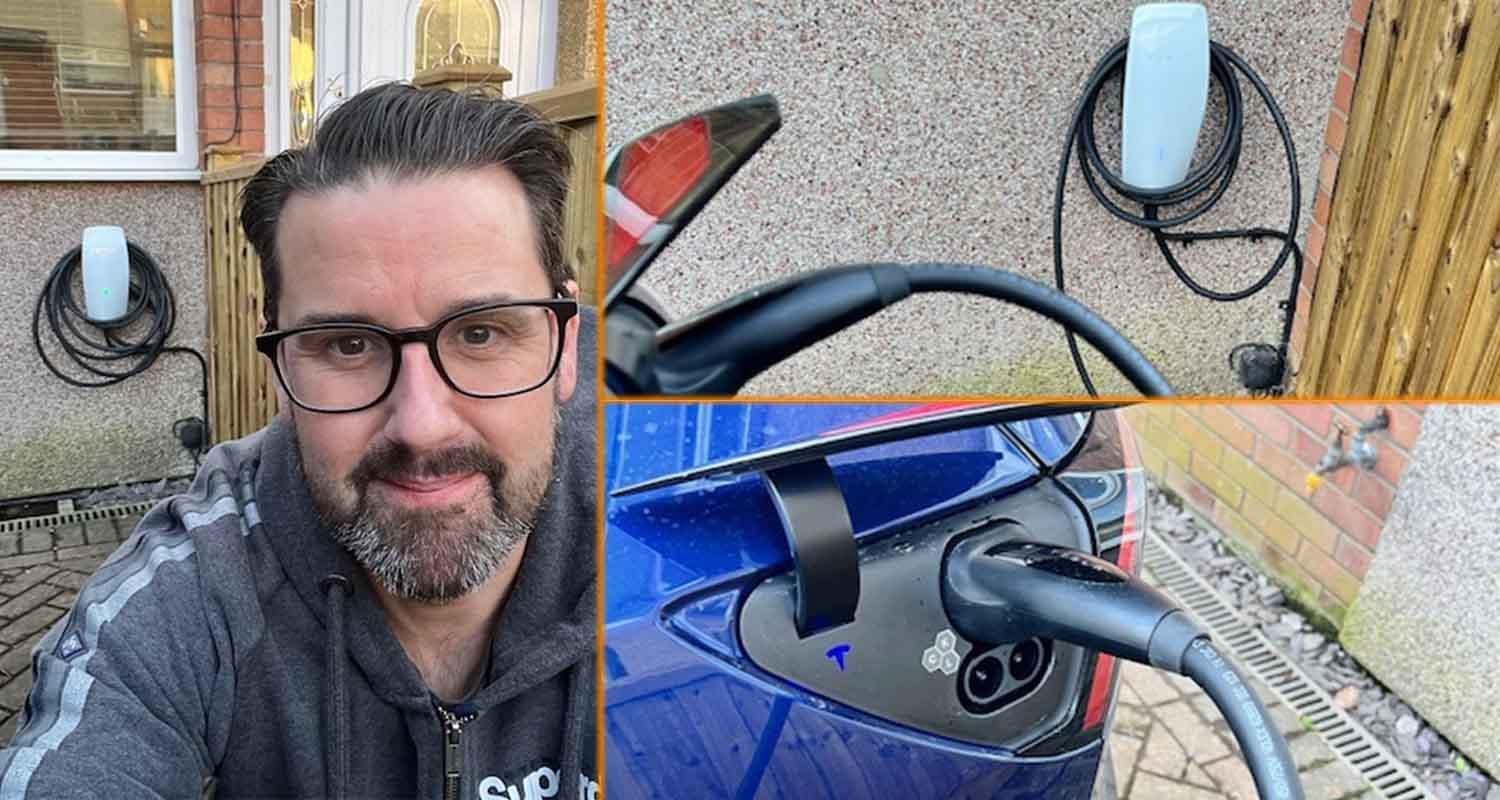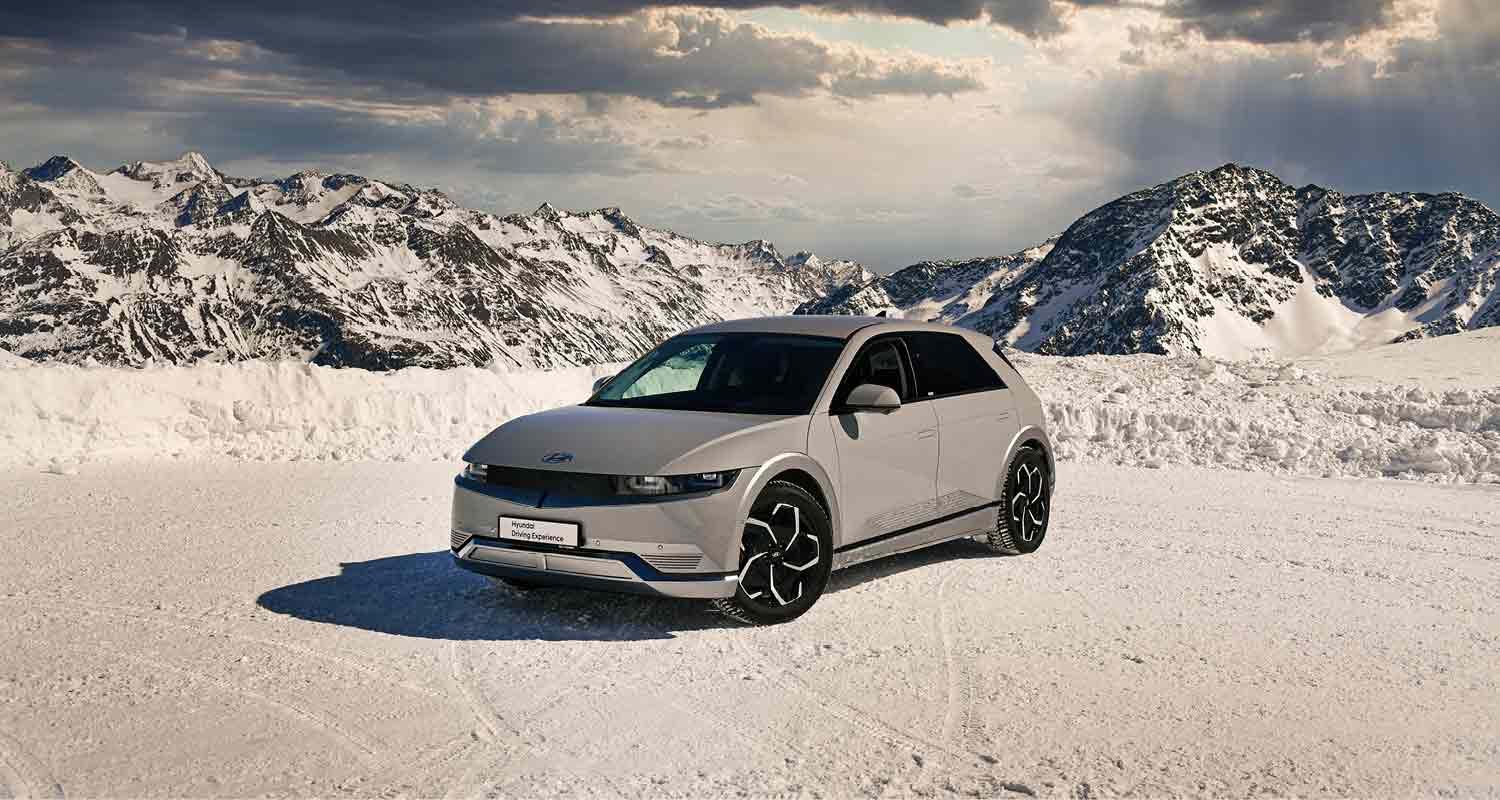Are EVs heavier than "normal" cars and do they release more brake dust?
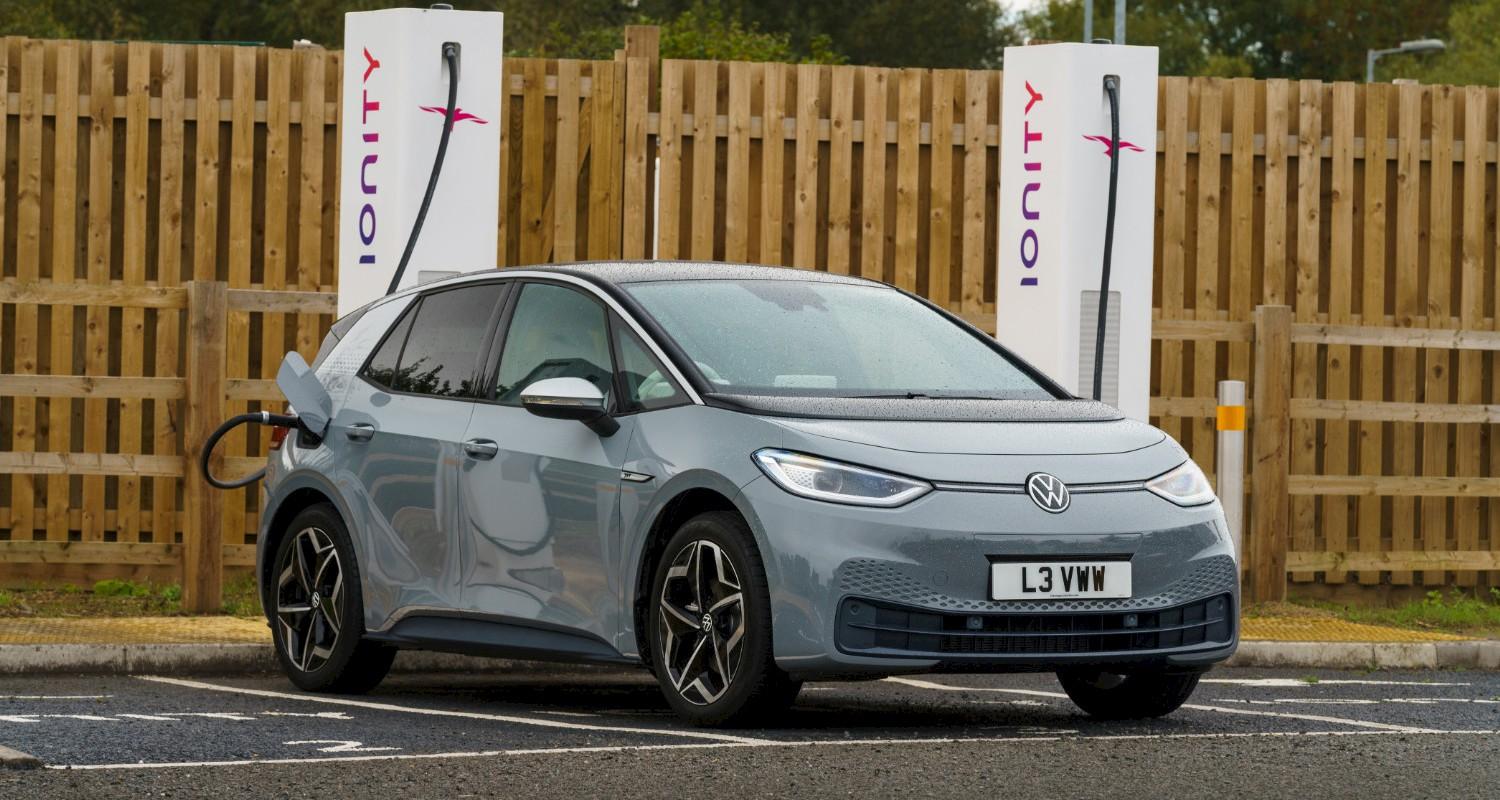
With EVs under attack for their green credentials again, it’s time to look behind the headlines and explain what particulates are and if electric cars emit more of them.
The UK Government’s Environment Secretary George Eustice caused controversy in early February by claiming that the gains from switching to electric cars from ICE cars “may be less than some people hope” because of the particulates they create that don’t emanate from the exhaust.
He said that thanks to the extra weight of electric vehicles, wear from brake linings and tyres may be greater than ICE cars, which creates more polluting fine particles. Eustice was being asked about efforts to reduce polluting particulate matter, PM2.5, by MPs on the environment, food and rural affairs committee.
His comments sparked a huge debate online, but we’re not going to go into that. We’re bringing you an explainer behind some of the salient points.
Browse our product range
We have a range of chargers to suit most people's charging needs and budgets. Browse our range and click "request a quote" to get started.
Are electric cars really that much heavier?
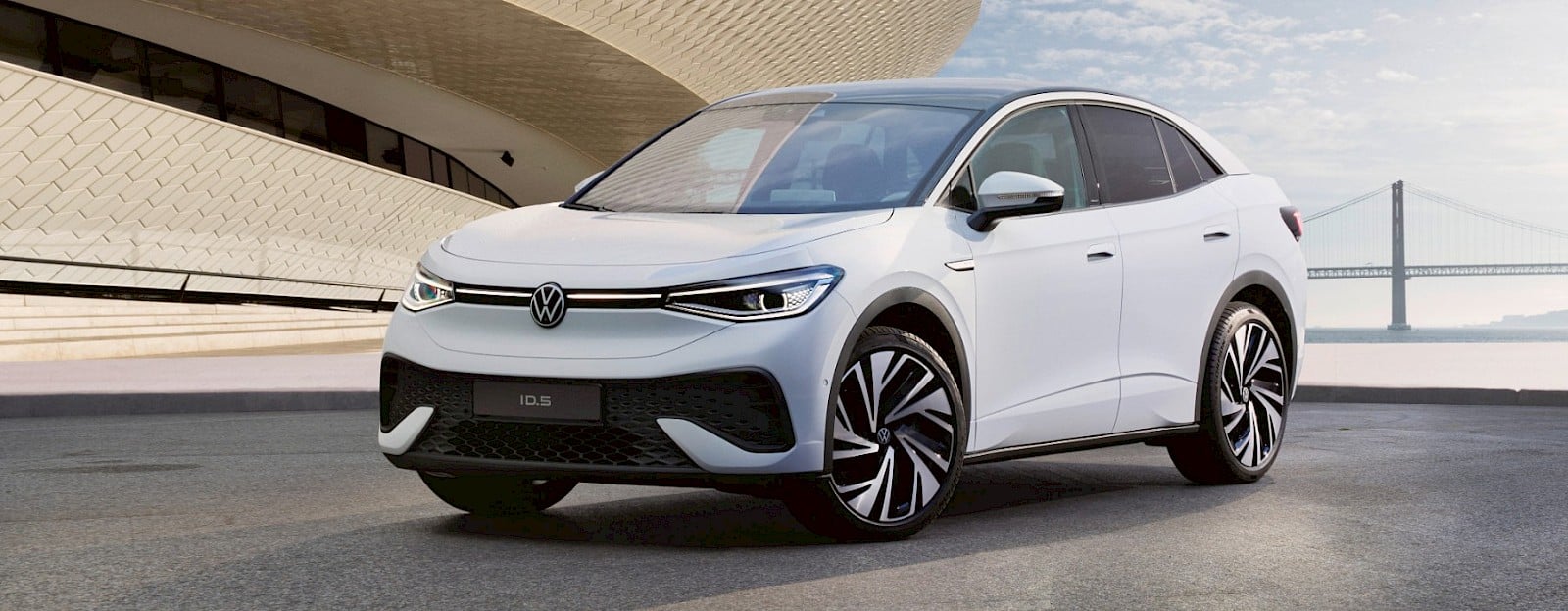
Yes, they are. However, the weight and size of all cars has grown enormously, even compared to 10 years ago, so this cannot be levelled at electric vehicles alone. Customer tastes have moved to more upright, bigger and wider cars such as SUVs and crossovers, regardless of what’s powering them. Compare the size of a Ford Focus in 2002 to one in 2022, for example.
It isn't just a matter of consumer habits and fashion – not only are today’s humans much bigger than before, but also the list of mandated safety technology and kit. All that needs to be packaged, which adds weight.
Nevertheless, we can’t kid ourselves and say electric vehicles don't have a weight problem – it’s the nature of the storage units and the battery units. On average they’re 20 to 30 per cent porkier than the equivalent ICE car.
Part of the problem is that there are relatively few EV-only platforms up and running at the moment, so manufacturers are adapting old platforms to incorporate batteries and motors. As time goes on and new EV-specific platforms are introduced, such as Volkswagen's E-GMP platform that the ID.3 and ID.4 are based on, this will help make electric cars lighter and more efficient through optimisation.
Is it that weighty a matter?

Extra weight, in theory, means more particulates are released through increased friction on the tyres, brake discs and general wear and tear on the road itself.
However, it’s not quite as simple as that. Electric vehicles use regenerative braking, which is where the motor runs in reverse when pressure is taken off the accelerator, and more so when the brake is depressed. Before the brake pads are engaged, as much energy as possible is recouped to slow the car down and recharge the batteries. This all saves on brake pad wear – it's reported that eight-year-old Teslas are still on their original brake pads.
Such is the relative lack of disc brake use on electric vehicles, some manufacturers are returning to drum brakes on the rear axles, such as the rear-wheel-drive VW ID models. Because drum brakes are enclosed, they don’t release dust into the environment even when used.
So I don’t need to worry about brakes in an EV?
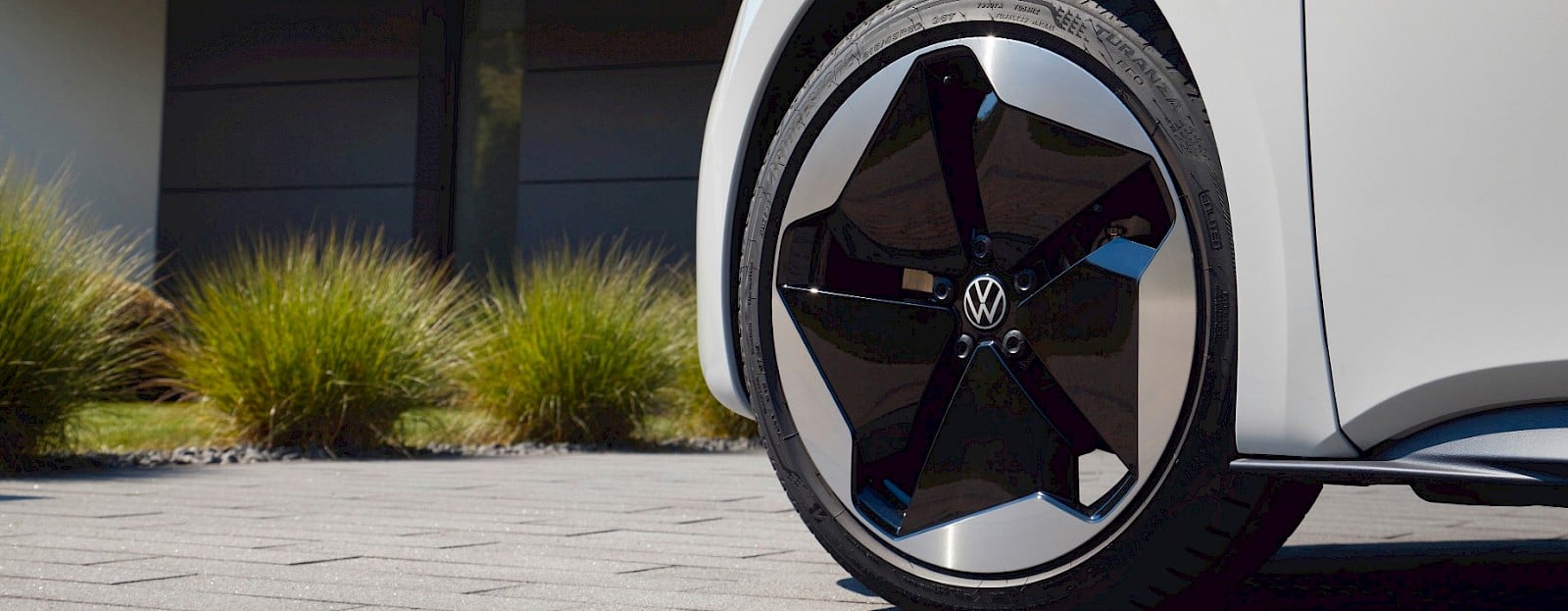
Let’s slow that thought process down – your EV’s disc brakes still need to be checked, as the build-up of dust through lack of use thanks to regenerative braking may leave a residue of dust. You certainly don’t want to find your braking ability diminished due to lack of use when you really need them – the key is to stomp on the brakes when there’s no one behind you or in front, on a clearly sited road. Oh, and make sure they’re checked during a service.
What types of pollution are there?
Firstly, let’s define what PM2.5 is – polluting particles of 2.5 microns width or less. Brake wear, tyre wear and road surface make up 60% of PM2.5 emissions, according to 2019 reports from the Department for Environment, Food and Rural Affairs. Those three elements also make up 73% of PM10 emissions (10 microns or less width).
However, these pollutants contribute 7.4% (PM2.5) and 8.5% (PM10) of all UK emissions. Such tiny dust particles are responsible for respiratory conditions such as asthma and was proved to be the cause of the death of South London schoolgirl Ella Adoo-Kissi-Debrah.
As for CO2 (carbon dioxide) and its related carbon-based gases, these are what’s responsible for global warming. Diesel became more popular because it emitted less CO2, however, its NOx (nitrous oxide) causes more problems in human health, which is why diesel vehicles are more heavily regulated in cities.
The path forwards
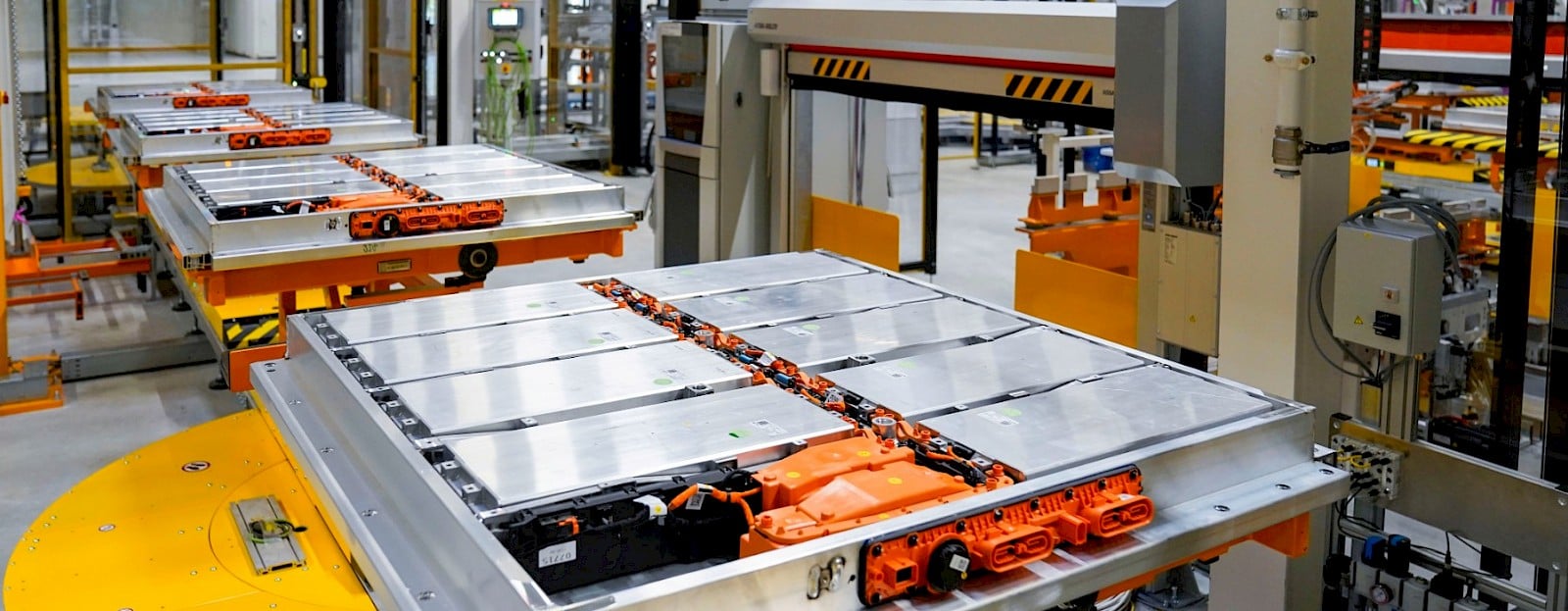
Vehicle weight is one of the key thoughts occupying the minds of vehicle designers – and legislators. France already taxes new cars on their weight, for example, and it’s in play in Iowa, in the USA, where the registration fee increases by $0.40 per 45kg. In New York, the rate is $1.50 per 45kg above 750kg, and above 1600kg it goes to $2.50. This would incentivise buying smaller cars, which would reduce the wear more.
That pales in comparison to France though, which charges €10 per kg over 1800kg, but electric and hybrid vehicles are currently exempt.
Other methods to reduce weight include solid-state batteries. They don’t use liquid electrolytes and the latest anode chemistries are smaller. These could offer higher energy densities than is possible for lithium-ion cells.
Lithium–silicon batteries can achieve higher energy densities if car firms use more silicon in anodes rather than graphite. However adopting such technology is horrifically expensive, and margins are already slim, even on high electric car prices.
But what of other construction methods? While racing cars and supercars often use carbon fibre for its lightweight and strength, this is a very expensive option for mainstream cars. Aluminium has been increasingly used in mainstream cars since the mid-1990s, but producing aluminium can have five times the embodied carbon emissions of steel, which currently makes up one-third of a vehicle. However, using recycled aluminium with a low-carbon grid can bring life-cycle emissions to a figure below that of steel.
So, are electric cars worse for particulate matter from brakes and tyres?
In theory, electric cars could be worse due to their extra weight. But in reality, electric cars aren't much different to petrol or diesel in terms of brake or tyre particulate matter and in fact EVs can be even better on this front.
Electric cars are heavier, which results in extra friction with the road, but the regenerative braking system found on EVs negates the need for friction brakes to be applied as often, therefore reducing particulate matter from brakes.
There are certainly more improvements to be found in terms of reducing particulate matter released from vehicles as a whole, rather than just the tailpipe, but this applies to the design and manufacture of all cars not just electric ones.



